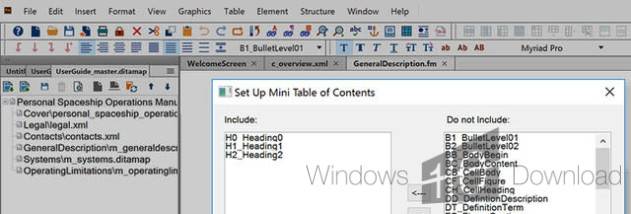
- #Firewall builder for windows 2000 upgrade#
- #Firewall builder for windows 2000 software#
- #Firewall builder for windows 2000 series#
1.5 gigabytes available hard drive space 300 Megahertz or higher processor clock speed (Intel Pentium or Celeron family, or AMD K6, Athlon, or Duron family) Usually, this isn't a problem XP will run on most computers that support Windows 2000, and the list of minimum requirements looks anemic compared to even the lowest priced computers available today:
#Firewall builder for windows 2000 upgrade#
Check the version information of each for compatibility with Windows XP and get any updates required prior to reinstalling.Ĭheck minimum requirements: Determine that the computer you are about to upgrade is capable of supporting Windows XP. If your backups don't include all the drives on the PC, check the drives manually to ensure the user doesn't use some unmapped drive space for portions of their work, then make a backup of any you find.Ĭollect applications: Gather the installation CDs for all the applications that need to be reinstalled on the computer. But go through the additional precaution of copying the user's data in addition to the normal backup procedures. Of course you already have backups of the user's system. When the “Setup for XP” step is reached, you will make the decision to delete the partitions and reformat the drive or upgrade the existing installation.īackup: For both options, backup your system first. The first few steps are the same for both the upgrade and the reformat option. A little planning and collecting is necessary prior to performing this upgrade, but the result will be worthwhile. While this may seem to be overkill, the end result will be a much cleaner installation, and an essentially "new" PC. The second, and preferred option to upgrading is to perform a clean installation of Windows XP on a newly formatted drive. The general result of upgrading is that any problems that existed in the Win2000 setup are inherited by the XP setup. Unfortunately, the disadvantages are exactly the same. The advantage to upgrading is that the applications and settings that have accumulated through the years of installing, using, and tweaking will be carried over into the XP installation.

The first is to "Upgrade" the current installation of Windows 2000 by installing the new OS over the existing installation.

There are two options to upgrading from Windows 2000 to Windows XP.
#Firewall builder for windows 2000 software#
In addition, newer software from other vendors may rely on some functions that are components of Windows XP. While Windows 2000 may work well, Microsoft has moved support from mainstream to what it calls "extended support," which means that new software releases are not necessarily guaranteed to be compatible with the older OS. But even though those computers continue to function properly and the applications run on the old operating system, it's probably time to upgrade them to Windows XP. That is, those computers (or users) that have been functioning just fine, thank you, on Windows 2000 and its applications for several years. Most computing environments have their share of laggard PCs.
#Firewall builder for windows 2000 series#
Welcome to Accidental IT, a series of technical how-tos for people whose job descriptions don't necessarily include tech support but who often find themselves doing just that for their co-workers.


 0 kommentar(er)
0 kommentar(er)
